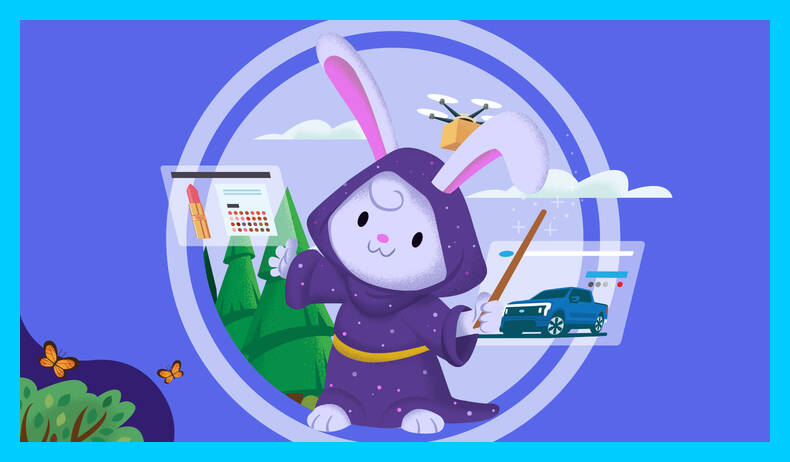By 2018, 25 Percent of New Mobile Apps Will Talk to IoT Devices
Key Technology and Market Trends in the Mobile Space Discussed at Gartner Symposium/ITxpo 2016, September 26-28 in Cape Town, South Africa
Mumbai, India, September 27th, 2016 — With the convergence of devices, bots, things and people, organizations will need to master two dimensions of mobility, according to Gartner, Inc. CIOs and IT leaders will need to excel at mainstream mobility and to prepare for the post-app era.
“The future of mobile will provide ubiquitous services delivered anywhere, by any person or thing, to any person or thing,” said David Willis vice president and distinguished analyst at Gartner. “While users are constantly looking for new and compelling app experiences, the importance of apps in delivering services will diminish and the emergence of virtual personal assistants (VPAs) and bots will replace some of the functions performed by apps today. Alternative approaches to interaction and service delivery will arise, and code will move from traditional mobile devices and apps to the cloud,” said Mr. Willis.
Mr. Willis presented these findings during Gartner Symposium/ITxpo 2016, which is taking place here through Wednesday.
Mobile Becomes “Business As Usual”
“The mobile landscape has changed dramatically during the past few years; mobile is no longer a novel technology, but business as usual, for most organizations,” said Mr. Willis. In 2016, Gartner forecasts the shipment of 2.37 billion devices (PCs, tablets, ultramobiles and mobile phones), and that 293 million wearables will be sold in the same year. In 2017, Gartner estimates that 2.38 billion devices will be shipped and 342 million wearables will be sold.
“The proliferation of mobile devices means that phones, tablets, laptops and wearables are now omnipresent within the business environment, reinventing the way people interact and work,” said Mr. Willis.
Today’s tech users are smart and savvy, demanding better features and experiences. The traditional forms of bring your own (that is, devices and applications) will continue to grow, making bring your own device and bring your own application the norm for the majority of organizations. “Moreover, the arrival of wearables and bring your own “thing” (such as smart kettles, smart power sockets or smart light bulbs) in the workplace will introduce new interaction techniques and new platforms, diluting the need for specific mobile app experiences,” said Mr. Willis.
Much of the innovation in the mobile space isn’t taking place inside the smartphones themselves, but in the things that communicate with them. Gartner predicts that by 2018, 25 percent of new mobile apps will talk to Internet of Things (IoT) devices.
Most IoT devices that talk to smartphones do so via an app or the browser. “Through 2018, the app will be the preferred mechanism, because it provides a better experience and allows more sophisticated interactions and data analysis, with low-level networking and background processing,” said Mr. Willis.
However, the current dominance of apps is challenged by several trends that, together, Gartner labels the “post-app era”. “As new technologies grow in importance as a way to control and interact with things, app interfaces will fade,” added Mr. Willis.
Prepare for the Post-App Era Today
New ways to interact with things will deliver pervasive services, and emerging technologies — such as artificial intelligence, natural-language processing and bots integrated into messaging apps, open new opportunities to interact with users seamlessly.
A number of global players are enabling businesses and consumers to “chat” with users on their messaging platform evolving APIs and services so that developers can create their own bots. This concept allows users to chat with organizations to get information, answer questions and transact through messaging or VPAs.
“This means that instead of going into a system and filling out complicated forms with checkboxes, users can ask a bot a question, and it will answer or negotiate on our behalf, based on rules and knowledge in the system,” said Mr. Willis. “It will then move to those systems that allow interactions with customers — from marketing to sales.”
“Apps are not going away and code isn’t vanishing,” added Mr. Willis. “The post-app era means that there will be more data and code in the cloud and less on the device, thanks to the continuous improvement of cellular network performance.”
“The post-app era will be an evolving process through 2020 and beyond,” concluded Mr. Willis. “It has, however, already begun, and organizations should prepare for it by being agile and tactical, planning for new skills, assessing the new opportunities created by the post-app era, and developing a digital business strategy that integrates many different technologies.”
PRESS RELEASE








